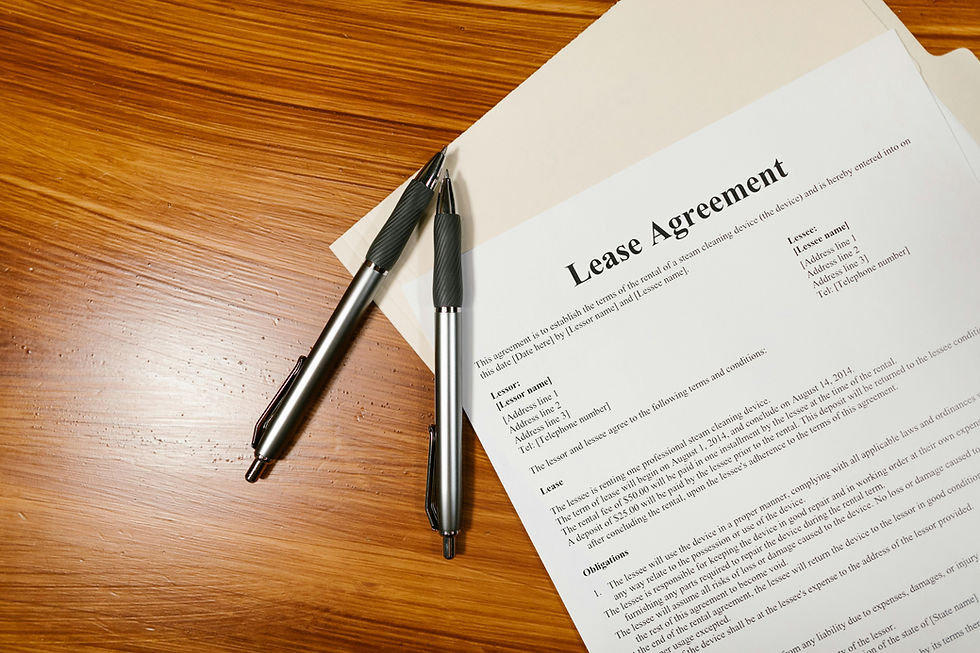Three Key Cost Differences Between Locating Downtown vs. the Suburbs
- eweinblatt3
- May 22
- 3 min read

Choosing the right location—whether for a business or personal residence—is a critical decision that directly impacts your finances, lifestyle, and long-term goals. While both downtown areas and suburban communities offer unique advantages, they come with significantly different cost structures. Understanding these differences can help you make a smarter, more informed decision.
In this article, we’ll explore the three key cost differences between locating in a downtown core versus the suburbs, and what each means for your budget and overall experience.
1. Real Estate Prices and Rental Rates
Perhaps the most significant and immediate cost difference is the price of real estate or rent. Whether you’re purchasing a property or signing a lease, the location you choose will influence your expenses dramatically.
Downtown: High Demand, High Cost
Downtown areas typically command premium pricing. This is due to a combination of limited space, high demand, and close proximity to amenities, business hubs, and public transportation. According to various market studies, downtown commercial rents can be 50–100% higher than comparable spaces in the suburbs.
If you're a homeowner or apartment renter, you’ll also find that living downtown comes with higher per-square-foot costs, often resulting in smaller spaces for the same price you'd pay for a larger home in the suburbs.
Suburbs: More Space, Lower Costs
In contrast, suburban locations offer more affordable real estate and rental rates, allowing businesses and residents to get more space for their money. This can be especially beneficial for businesses that need expansive floor plans, such as medical offices, creative studios, or retail operations.
For families, suburbs often mean larger homes with backyards, driveways, and more square footage—features that are rare or prohibitively expensive downtown.
2. Operational and Utility Expenses
Beyond rent or mortgage payments, operational costs add up over time and should be factored into any location decision.
Downtown: Hidden and Recurring Costs
Downtown locations often come with higher utility bills, particularly for buildings with older infrastructure or less energy-efficient systems. You may also encounter elevated property taxes, service charges, maintenance fees, and security costs.
Parking is another overlooked cost in urban centers. Whether it's metered street parking or monthly passes in garages, downtown parking costs can add hundreds of dollars per employee or resident per month.
For businesses, costs can also include premium insurance rates, higher trash collection or delivery fees, and compliance with more stringent municipal regulations.
Suburbs: Predictable and Manageable Overhead
Operating costs in suburban areas tend to be more predictable and generally lower. Newer buildings are often more energy-efficient, and local taxes and fees are less aggressive than in urban cores. You’re also less likely to deal with daily parking fees, traffic congestion penalties, or high delivery costs.
Many businesses also find that utilities, cleaning services, and maintenance contracts are more competitively priced in suburban settings.
3. Employee and Commuting Expenses
The location of your home or business directly affects daily travel, which in turn impacts time, productivity, and personal finances.
Downtown: Convenient for Some, Costly for Many
Downtown areas may offer excellent public transit options, but not everyone lives close enough to take full advantage. For those who drive, the challenges include expensive parking, heavy traffic, tolls, and longer commutes—all of which can add stress and cost.
In addition, the cost of living downtown is significantly higher, which might pressure employees to either spend more on housing or commute from the outskirts, reducing work-life balance and increasing turnover.
Suburbs: Easier Commutes and Lower Living Costs
In suburban areas, commutes tend to be shorter and less congested, especially if employees already live nearby. Free parking is usually plentiful, and the lower cost of living allows workers to live closer to their jobs.
From a business perspective, being located in the suburbs may help attract and retain talent who value lifestyle affordability, family-friendly neighborhoods, and reduced commute times.
Final Thoughts: Balancing Budget and Goals
There’s no one-size-fits-all answer when it comes to choosing between a downtown or suburban location. Downtown areas offer prestige, access, and energy, but they come at a premium. Suburbs provide affordability, space, and ease of operation, but may lack some of the buzz and walkability of urban centers.
When making your decision, it’s essential to consider:
Your budget and financial goals
The needs of your employees or family
Your desired proximity to clients, services, and transportation
Long-term growth and scalability
By weighing these three core cost differences—real estate prices, operational costs, and commuting expenses—you’ll be better equipped to make a strategic choice that supports your personal or business success.


